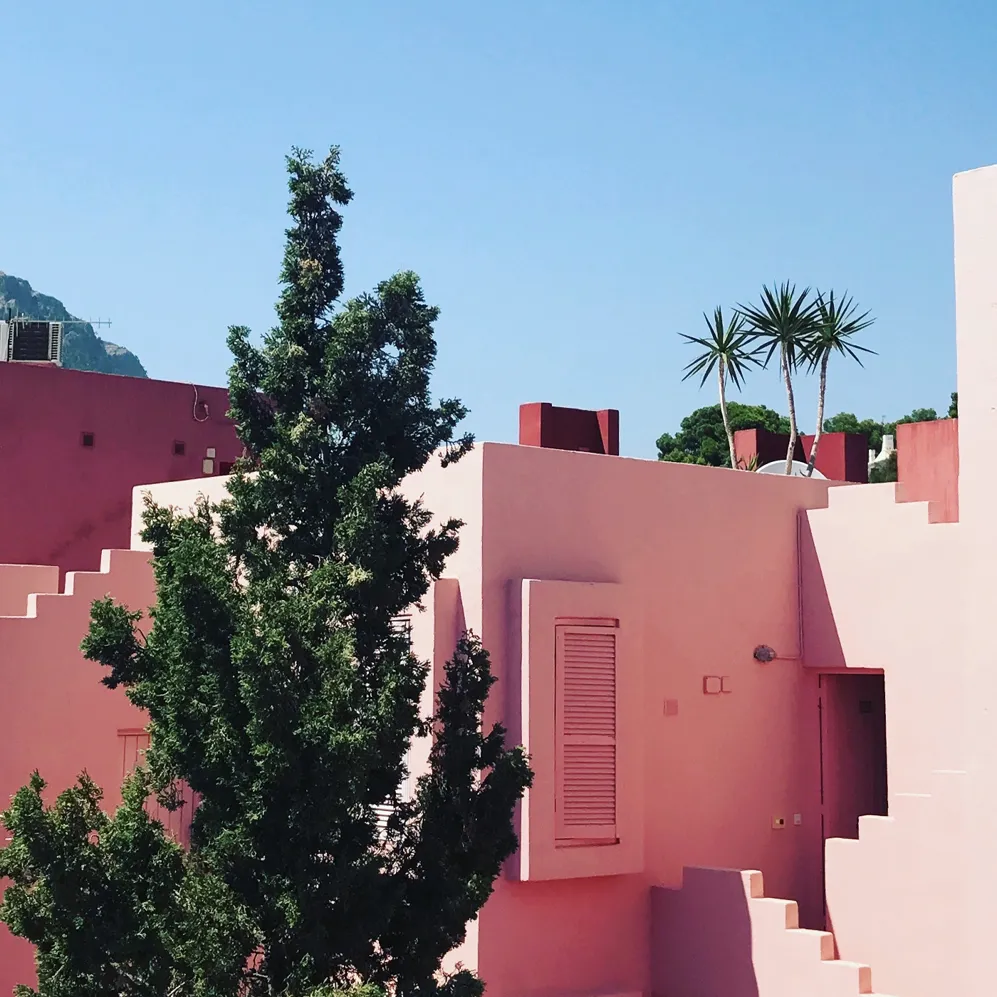
Words Vidula KotianDate 28 June 2019
The land of fiestas, Spain knows how to live the good life—soul-stirring destinations, a breathtaking range of culinary highlights, and relentless innovation. This is why we decided to curate a road trip from Madrid to Seville with aesthetic highlights peppered along the way that show you the breadth and boldness of the country’s creative set, along with spending your nights in the majestic Hospes hotels.

Madrid's Terminal 4 image courtesy Andrea Junqueira
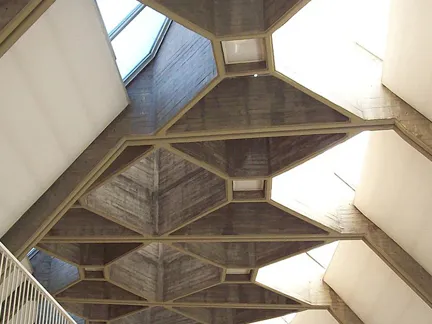
The terminal won 6 architectural awards
Start off your trip with the Sterling Prize-winning Terminal 4 of the Madrid-Barajas airport, designed by Richard Rogers and Antonio Lamela. Rogers placed a flowing canopy atop parallel circulation systems, supported by twin diverging columns. Light and transparency punch through the hill-like roof structure, dappling the commuters below.
Once you’ve unpacked in the regal Baroque interiors of Hospes Puerta de Alcalá, head on out to the Instituto del Patrimonio Cultural de España (IPCE) by architects Fernando Higueras and Antonio Miró Valverde. Its four stories of reinforced concrete in a 40-meter-radius circle envelop an atrium with a glass and steel lattice roof and its spiky finish led to it being dubbed “The Crown of Thorns.” Not far away is another Brutalist gem, the Tribunal Constitucional, a 1975 tapered cylinder ringed by honey-tinted windows.
A bit of a detour to the north from Madrid is the stunning restoration of the 13th-century Gothic church of Vilanova de la Barca by AleaOlea. The studio focused on the façade and roof, providing a new enclosure consisting of two layers, and covering the entire enclosed space with a pitched roof, so the whole construction is like a ceramic shell delicately perched on what is left of the original walls.

The new architectural ceramic shell
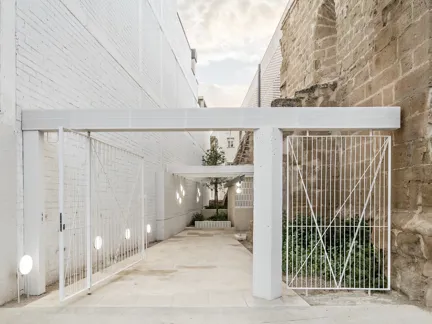
Vilanova de la Barca image courtesy Adrià Goula
Make your way south to Valencia, Spain’s third largest city with a thriving cultural, culinary, and nightlife scene. Besides the strikingly futuristic buildings of the Ciudad de las Artes y las Ciencias, designed by local talent Santiago Calatrava, there are plenty of contemporary buildings that grace the city with a fistful of fabulous Modernista buildings. Stay in the city center in a rare treat: Hospes Palau de la Mar, composed of two adjacent 19th-century palaces where modernist principles and Wenge wood abound.
The two-hour drive from Valencia to Alicante is dotted with small beach towns and the highly instagrammable La Muralla Roja, Spanish for “the red wall”—a housing project by Ricardo Bofill within the La Manzanera development in Calpe. The striking colors that cover the outer and inner façades either contrast with nature or complement its purity.
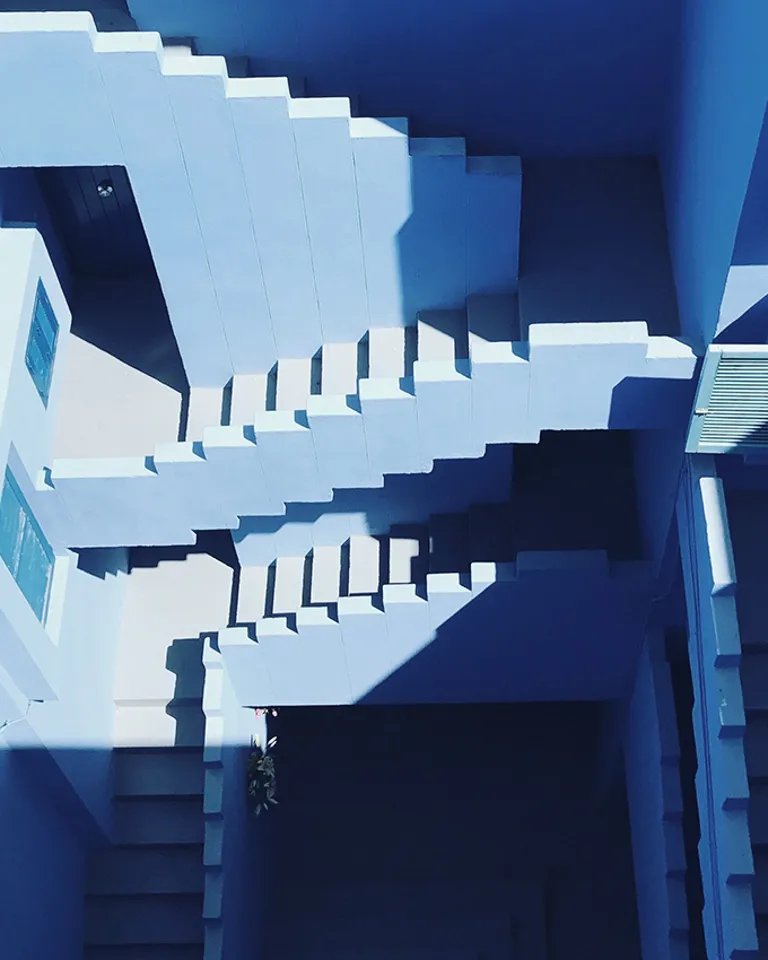
The blue tones at La Muralla Roja reflects the sky
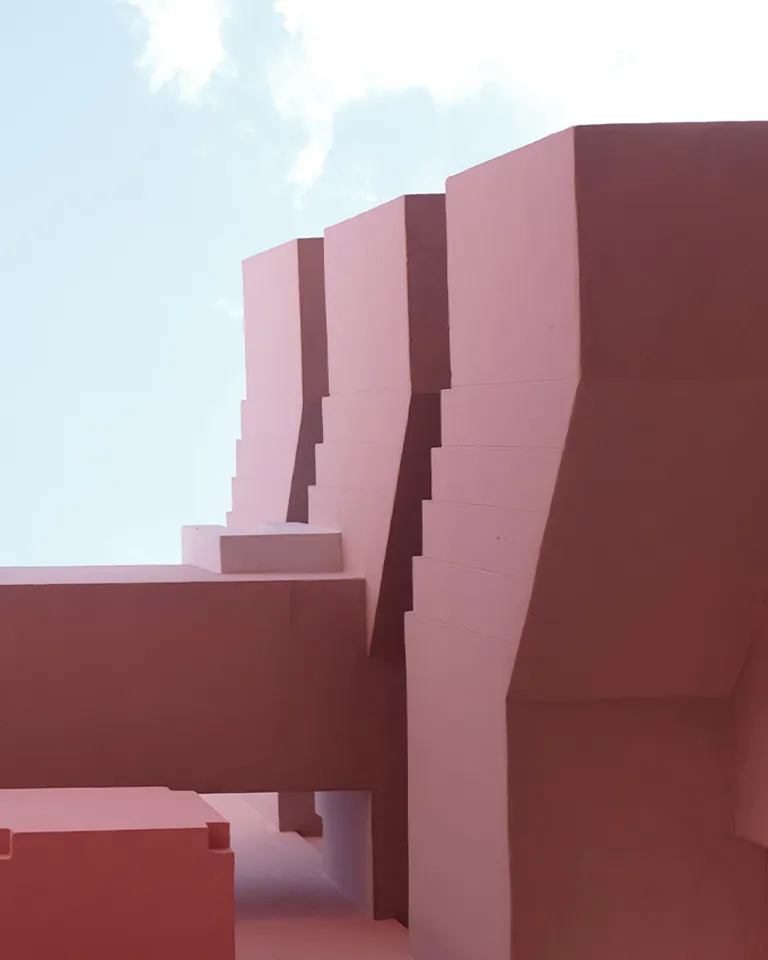
The Red Wall is best described as a labyrinth
The bubblegum pink salt lake in the Las Salinas de Torrevieja nature reserve is the perfect pitstop between Alicante and Granada. Bacteria and algae give the salt water its bizarre hue. Flamingos, much like the local people, also frequent the pink lake.
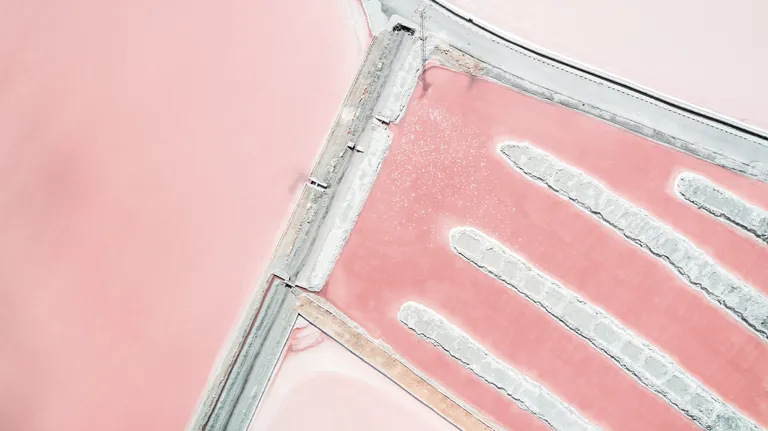
The pink salt lake
Granada is in equal measures elegant and edgy: echoes of past occupiers, from the ancient Iberians to the Romans and Visigoths, have overlapped with the city’s street art and trendier food scene. Representing the best of the city’s dual character is Hospes Palacio de los Patos, an urban oasis that combines dramatic classical design with equally stunning modern architecture.

Palatial rooms at Hospes Palacio de los Patos

A converted 19th century palace, Hospes Palacio de los Patos
Located in a neighborhood dominated by anonymous housing blocks in Córdoba, the Palace of Justice “creates the opportunity to upgrade the public realm and add a civic quality to this relatively new neighborhood,” says the team at Dutch studio Mecanoo who partnered with engineering firm Ayesa for this project. The building features “vertical fractures”, which have been introduced to create patios that relate to the region’s local courtyard typologies.
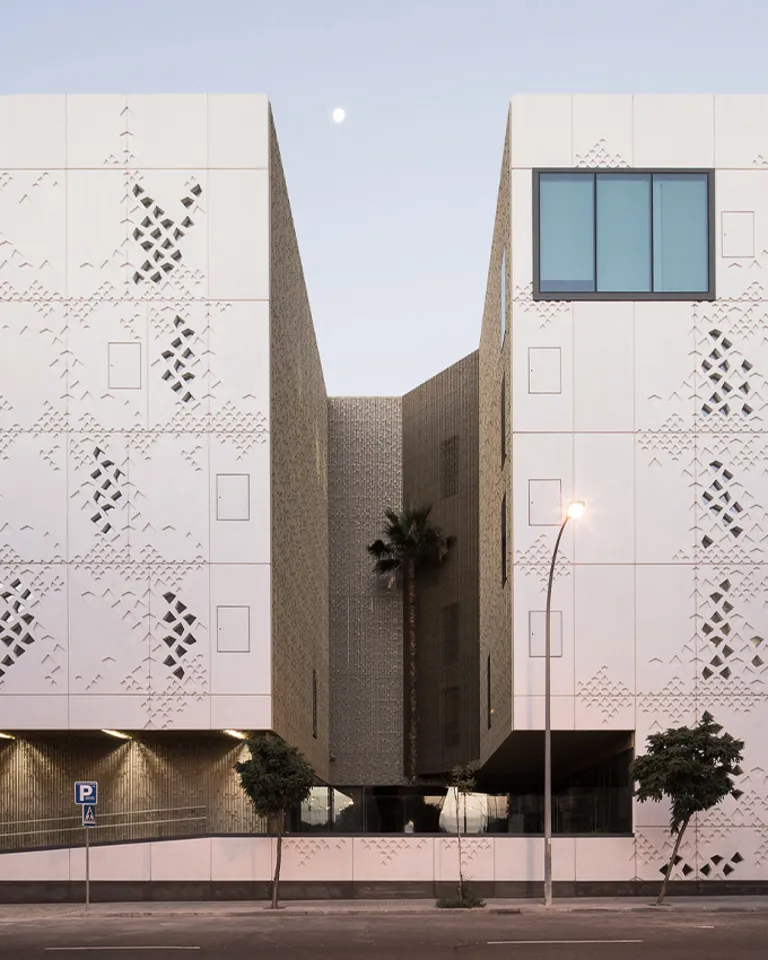
Palace of Justice; image courtesy Fernando Alda

Hospes Palacio del Bailío
Seville’s historic center, with its colossal Gothic cathedral, is an intoxicating mix of exotic Mudéjar palaces, Baroque churches, winding medieval lanes, and flamenco clubs. But while history reverberates all around, the city is also home to a wealth of modern interventions such as the Contemporary Art Space in the former convent of Madre de Dios by Sol 89, the Triana Ceramic Museum by AF6 Architects, and the much-loved and contested Metropol Parasol, which has become something of a city icon and is a fitting end to our journey.
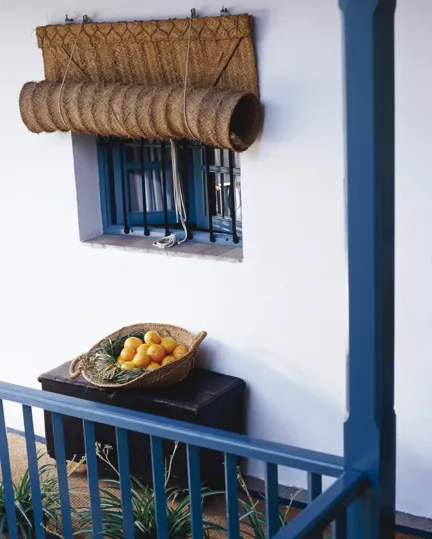
Hospes Las Casas del Rey de Baeza
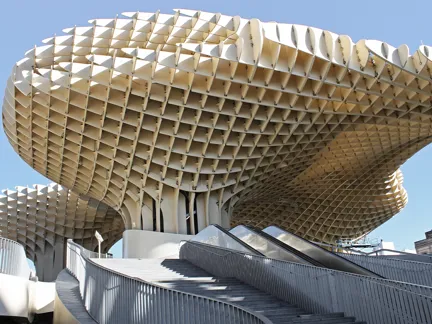
Metropol Parasol